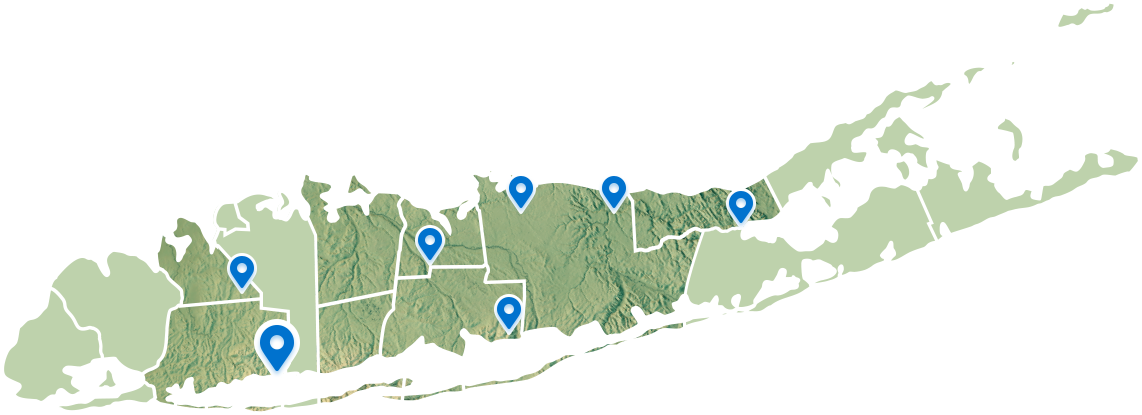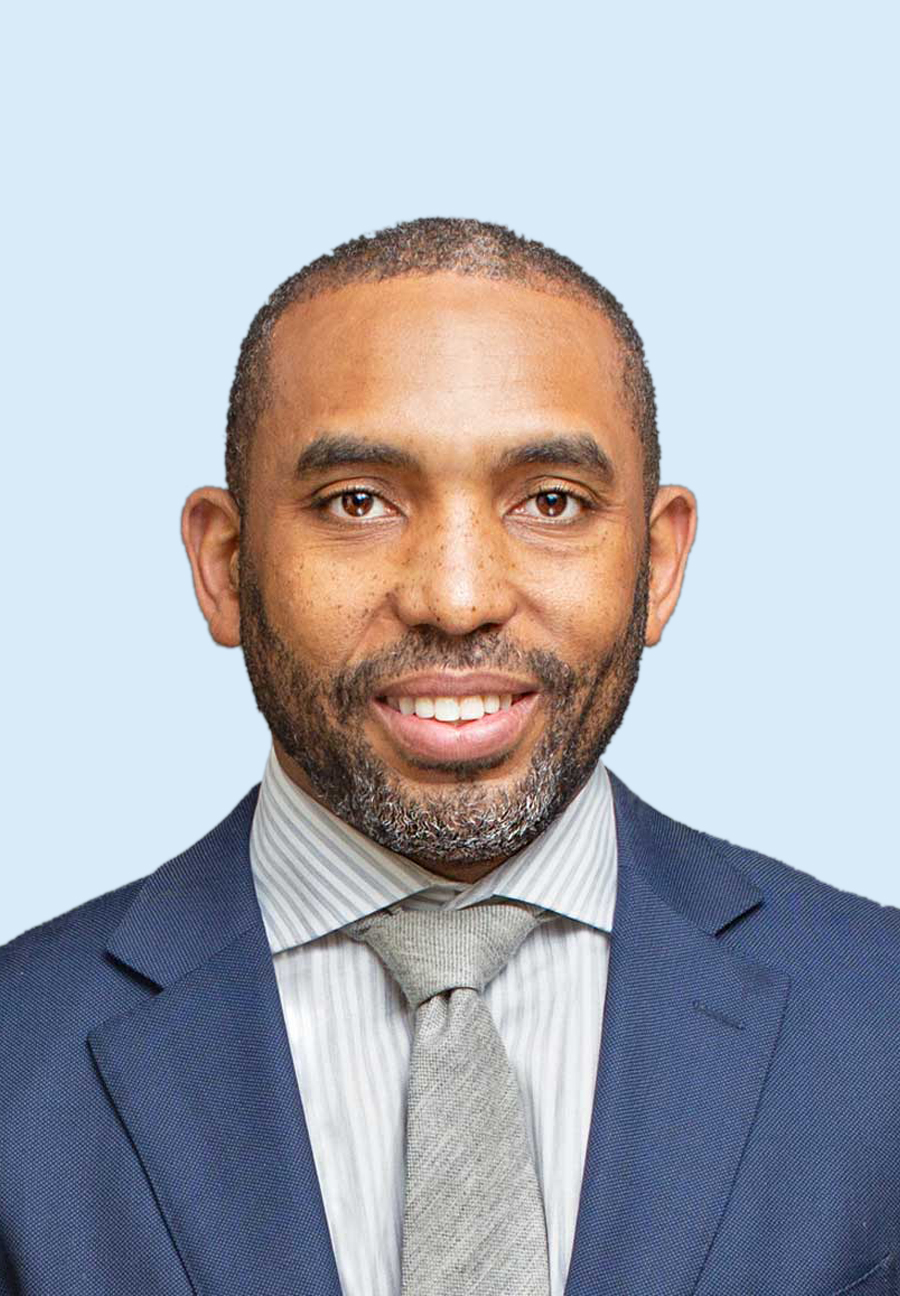- PATIENT FORMS | REQUEST A CONSULTATION | CONTACT US
- 1-844-NSPC-DOC
Chiari Malformation
What Is a Chiari Malformation?
Take ActionChiari malformations are abnormal formations of the brain, specifically affecting the cerebellum and brainstem. The cerebellum, located in the base of the skull above the brainstem, controls the motor functions, balance, coordination and muscle tone.
Chiari malformation neck pain may be associated with other conditions. Syringomyelia is a degenerative disorder when a syrinx, a fluid-filled cyst on the spinal cord, puts pressure on the nerve bundles. Such compression may cause neuralgia, pain along the nerve’s pathway, in the head or neck.
Causes & Symptoms of Chiari Malformations
The most common Chiari malformations, Type I, may not have any symptoms or they may occur in late childhood or adulthood. Sometimes this congenital defect is not detected until an associated condition is diagnosed. Other suspected causes include exposure to harmful substances, infections or head traumas.
Type II and Type III Chiari malformations are generally diagnosed before birth or shortly thereafter. Causes of structural defects during fetal development are not completely understood, but theories suggest that drug use (prescribed or illegal), alcohol use, lack of proper nutrition or exposure to harmful substances may contribute to the condition along with a genetic predisposition.
When there isn’t enough bony space for the brain tissue of the cerebellum and part of the brain stem to sit above the foramen magnum (opening to the spinal canal), the brain tissue may get pushed into the spinal canal opening. This can block the circulation of the cerebrospinal fluid (CSF) and may lead to hydrocephalus.
Symptoms of Chiari Malformations
Since the cerebellum controls the motor functions and balance, many of the symptoms relate to coordination:
- Balance issues
- Dizziness
- Stiffness in the neck
- Neck pain or pain in the back of the head
- Headaches
- Poor hand coordination
- Swallowing difficulty, sometimes accompanied by gagging or choking
- Clearing throat an unusual amount
- Vision or speech problems
- Muscle weakness
- Tingling sensation
- Scoliosis (spinal curvature)
Although some symptoms overlap, some tend to be more common depending on the type of Chiari malformation.
Less common symptoms that may relate to Type I Chiari Malformations:
- Tinnitus (ringing or buzzing in the ear)
- Slowed heart rate
Symptoms that tend to relate to Type II or Type III Chiari Malformations:
- Rapid eye movements
- Developmental delays in holding the head up or sitting up
- A weak cry
- Breathing problems

Diagnosis and Treatment of Chiari Malformations
Your doctor will ask about developmental milestones (if treating a child or adolescent), medical history and family history to determine a diagnosis.
An MRI (magnetic resonance imaging) will provide a look at the neural tissues, spinal cord, bones and other soft tissues.
CT (computerized tomography) scans take cross-sectional images of the bones and soft tissues of the body and can help determine if there is hydrocephalus (a buildup of cerebrospinal fluid) or other associated conditions.
Non-Surgical Treatments and Monitoring
For patients who may be asymptomatic and were diagnosed with Type I during the diagnosis of another disease, treatment may not be required but regular monitoring would be encouraged.
If symptoms are limited to headaches and other pains, therapy and medication may alleviate or manage symptoms.
Surgery for Chiari Malformations
NSPC’s experienced board-certified physicians provide top-notch surgical treatment options for those with more severe Chiari malformations.
Our leading-edge Posterior Fossa Decompression Surgery brings relief from the pressure on the brain. During the operation, our skilled neurosurgeons remove a small portion of the skull thus allowing more room for the brain tissue.
During a Spinal Laminectomy, a neurospecialist removes a small piece of the spinal canal bone. This increases the size of the spinal canal and relieves pressure on the spinal cord and nerve roots..
Our cutting-edge multidisciplinary team of neurosurgeons, neurophysiologists and neuropsychologists along with other specialists provide expert care and treatment for those with Chiari malformation, syringomyelia and related disorders. Contact a specialist at one of our centers located in Long Island and the New York area to find out the most advanced treatment options available to you.

Related NSPC Center
Chiari Malformations Center
Outstanding Chiari malformation care at NSPC. Our renowned neurosurgical experts offer leading-edge techniques to diagnose and treat Chiari malformations and Chiari-related disorders. Our specialists continue to stay at the forefront of Chiari research and surgical procedures to offer patients the most modern and safest techniques possible.
Connect With Our 7 Convenient Locations
across Long Island, NY
Our expert physicians, surgeons and doctors are ready to serve you at our 7 convenient locations across Long Island, NY. Connect today to learn how our award winning, world class experts can help.
4250 Hempstead Turnpike Suite 4,
Bethpage, NY 11714
(516) 605-2720
COMMACK
353 Veterans Memorial Hwy,
Commack, NY 11725
(631) 864-3900
One Hollow Lane, Suite 212
Lake Success, NY 11042
(516) 442-2250
MANHATTAN
215 E. 77th Street Ground Floor
New York, NY 10075
(646) 809-4719
EAST SETAUKET
226 North Belle Mead Road, Suite C
East Setauket, NY 11733
(631) 828-3001
100 Merrick Road, Suite 128W
Rockville Centre, NY 11570
(516) 255-9031
WEST ISLIP
500 Montauk Hwy
West Islip, NY 11795
(631) 983-8400
World
Class
Expertise
For over 50 years & 350,000 patients NSPC has been a trusted global medical leader.
Contact us today for an appointment or consultation.


